Episode 3
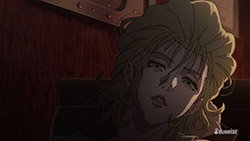 |
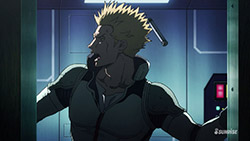 |
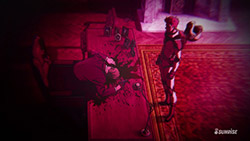 |
 |
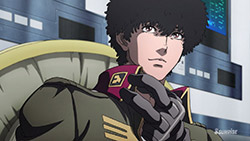 |
 |
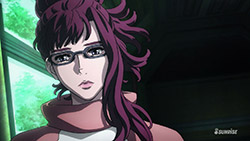 |
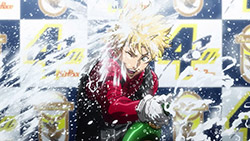 |
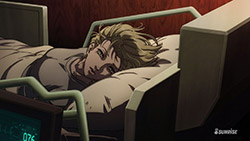 |
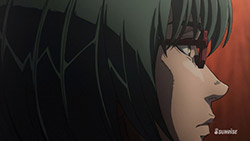 |
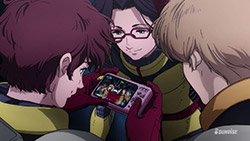 |
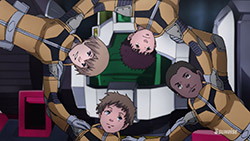 |
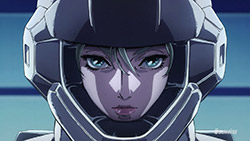 |
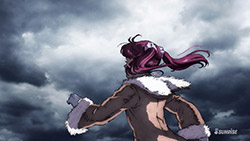 |
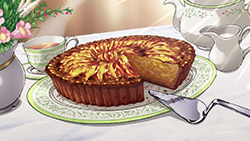 |
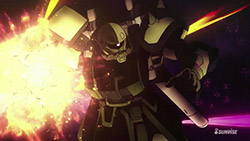 |
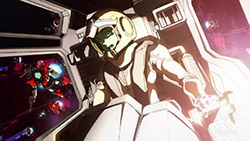 |
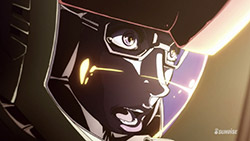 |
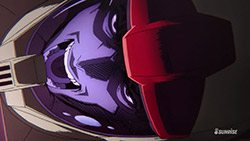 |
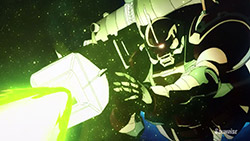 |
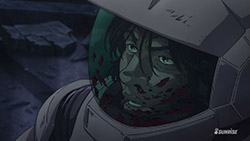 |
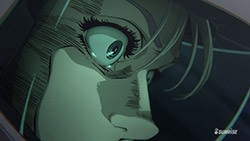 |
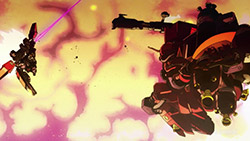 |
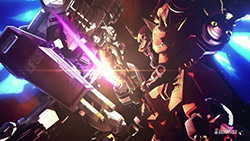 |
Episode 4
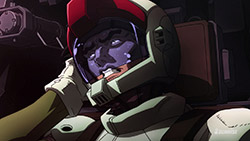 |
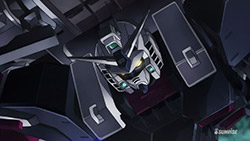 |
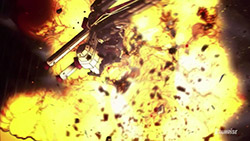 |
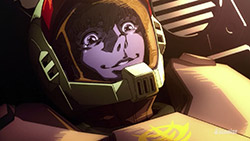 |
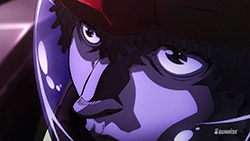 |
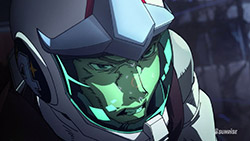 |
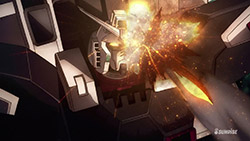 |
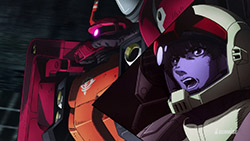 |
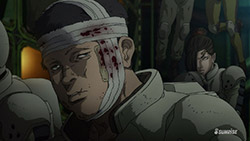 |
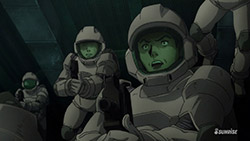 |
 |
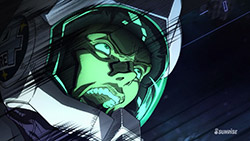 |
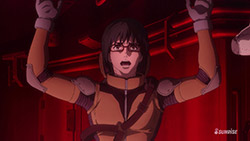 |
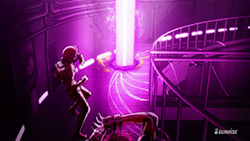 |
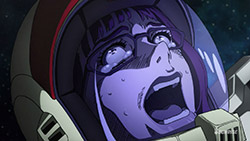 |
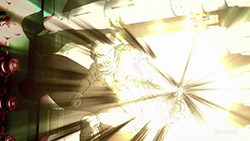 |
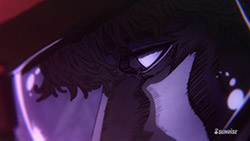 |
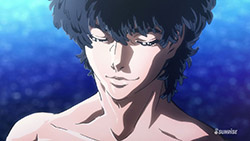 |
 |
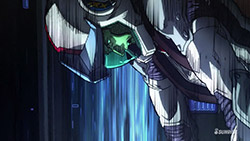 |
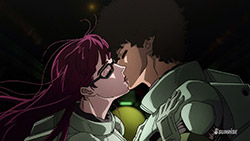 |
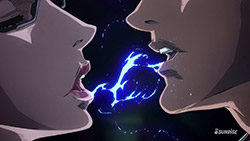 |
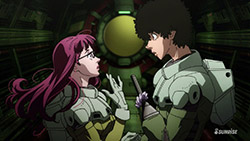 |
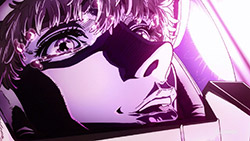 |
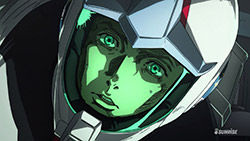 |
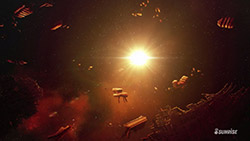 |
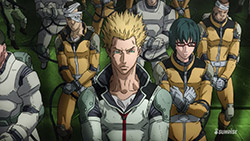 |
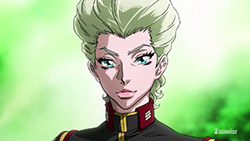 |
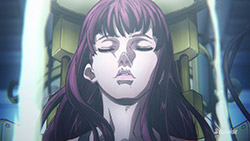 |
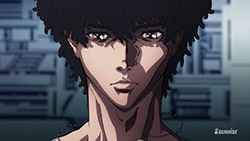 |
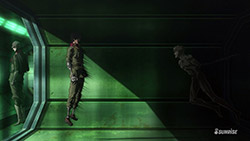 |
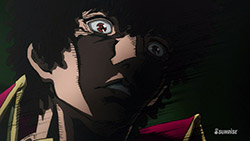 |
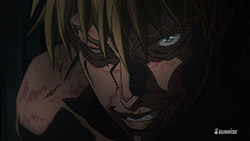 |
「#3, #4」Gundam and War: Gundam and war go hand in hand. It’s hard not to talk about the franchise without the obvious anti-war messages that are prevalent across its many titles (or at least all of the ones I’ve watched). I’m sure many would claim that Gundam shows the horrors of war and the effects it has on those who are shoved front and center. Yet, there is also an argument to be made that while the messages are anti-war, the flashy visuals, collectible mobile suits, and epic actions sequences all go against that message and romanticize war rather than condemn it. I can see how opinions may vary – from Gundam being too overt in its anti-war themes to those who believe it doesn’t go far enough. Personally, I think the degree and strength of the message varies depending on the source and the people behind each new iteration of this beloved franchise. If every Gundam show was conceived and produced with Tomino Yoshiyuki at the helm, I suspect there would be a consistent tone, much more than what we actually get. Depending on what universe you’re talking about, the director, the writer, whether it is part of the U.C timeline, or a story of its own – there’s many factors here that add a level of unpredictability to any new Gundam series; where fans are not only expecting a good show to watch or manga to read, but something that feels like Gundam. So where does Thunderbolt stand? First and foremost, I think you have to remember that this is a short 4-episode adaptation of an spin-off manga from the original U.C Timeline, right in the middle of the action that was established over 37 years ago. Even though it takes place at such an important time, some fans hardly consider it canon. It’s very easy to think that a spin-off purely about fighting on the front line would abandon one of the core themes of the franchise in favor of spectacle, and to some degree that may be the case with Thunderbolt. Or at least that’s how it appeared. However, from its first episode to the last, no matter how beautiful the fight sequences were and the love for action the characters possessed, it never seemed to me that Thunderbolt had forgotten its roots. Like previous spin-offs during the One Year War, we got to see two sides to this battle, and focused more on a select group of troubled individuals who have found themselves at one side of this war. And like those other series – which are, so far, my favourite of the Gundam franchise – there’s humanity to these characters; we’re able to care for them even when one side is clearly more evil than the other, and we see them at their absolute lowest, reminding the audience that no matter how much they may revel the moment where they are fighting for their lives, the effects of war, both physically and mentally, are heavy and damaging. And for me, these final two episodes cemented that more than ever. One Last Battle and All Its Devastations: Themes aside, how were these two episodes? I would confidently say that the third was the weakest of the series. While exciting things did happen, the events of this episode didn’t feel as pivotal to the overall conflict, instead setting up for the big finale. Though I did appreciate the focus on innocent child soldiers (as Gundam likes to do – Tekketsu no Orphans is all about that!), showing them at their happiest before they are sent onto the battlefield and quickly experience the devastation that awaits them. However, my main problem with the episode was the production hiccup. Every other episode has looked stunning, perhaps better than any other Gundam series I’ve seen, and that third episode still looked very good. But very good compared to gorgeous sticks out like a sore thumb, and so while watching I noticed that the dip in quality was affecting my enjoyment. Thankfully, we ended on a high note with the fourth episode. By the end everything felt vital – the battle was coming to a close and nearly every character still alive had a part to play. Whether it was soldiers losing all their limbs in order to achieve victory or leaders resorting to drugs to take away the pain of losing comrades one after the other (okay, that was in the third episode, but it was probably my favourite scene from it), Thunderbolt conveyed the struggles of these characters well, right up until that final, epic battle. And to top it all off, the ‘bad guys’ won. Yet I don’t hate them for it, because we’ve spent so much time humanizing them and showing these individuals don’t necessarily represent or hold the same beliefs as the higher-ups of Zeon, even if that’s the side they fight for; who, for the record, end up the losing side in the long run. Overview – Final Impressions: |
And so Thunderbolt ends. Or does it? It’s no mystery that this would be a short anime, but the manga is still ongoing and it feels to me that this adaptation has taken the main beats of the story rather than translating it panel-by-panel. If anyone who has read the manga could confirm that, I’d appreciate that. And if that is the case, I don’t know if we necessarily need to see more of Thunderbolt, even though it feels like the conflict between Io and Daryl is only just beginning. Though… their scenes together are too good not to have more of them, especially since they’ve now met in person and their positions have switched. I don’t know if Thunderbolt is going to cover right up until the conclusion of the One Year War, but if it does then surely Io Fleming must find himself in a better situation than we see him here.
Thunderbolt is up there as one of my top Gundam series. Part of me still wishes it were a full-cour long and not 4 ONA episodes, but I have liked this format. As I say, it feels like we’ve covered the meatiest parts of the source material, accompanied by some seriously gorgeous visuals and a stellar jazzy soundtrack. This is a strong side-story that I’m glad exists. I’m of the opinion that there can never be enough Gundam series returning to the U.C timeline. Unless, of course, you count Reconguista. Thankfully, Thunderbolt is infinitely better than that unfortunate title. Not only does Thunderbolt actually make sense, but it delivers plenty of powerful moments that always managed to affect me, and I wouldn’t mind experiencing that again sometime soon.

This was a very good adaption of the Thunderbolt, and you’re correct that it mostly covered the main beats instead of all the details. Some scenes weren’t adapted or were changed to fit the narrative, such as the circumstances Daryl lost his first arm and several scenes of Io bonding with the Child Soldiers. The adaption covered up to chapter 28 of the Manga, with the next few chapters (up to 32) being the epilogue of the One Year War Arc and also the setup for the Post-War Arc on Earth. There is a Directors’ Cut releasing on Blu-Ray and in Theatres in June that edits all the episodes together along with extra scenes. But overall I really liked what I watched, while not entirely faithful to the manga, is still very good high-quality Gundam.
War rears its ugly head yet again. Watching this made me sick and anxious but I can’t deny that this is one of the best animated Gundam series there is.
I always rooting for the RedZaku and the badly ill-equipped of the ships and units with no replacements to come for them against the overwhelming numerous odds with the Jazz killer technological advance. Yeah take that.
As I keep saying, this is how Gundam was/should truly be…
No (super idealistic) pretty boys/girls piloting “OP” Gundams and owning/disabling dozens of cannon fodder grunts while only “losing” to force some plot forward and/or as an excuse to hand them an even better mobile suit.
No pretty speeches swaying a bunch of people, no maniacal “mastermind” villains.
(Mostly) consistent plot/character development.
No massive/ridiculous amounts of plot armor.
…and so on.
And with the end, one thing to note is that, while Daryl may have been painted much more like a saint due to being an amputee, his flashbacks, and his relationship with the doctor and his late teammates, when one actually watches him in the last episode, he’s really no better than Io when all is said and done since, during the battle, Daryl was clearly finding enjoyment of some sort while his mind was really all about beating Io and the Gundam in revenge for the deaths of his comrades at their hands; not to protect his homeland, not to protect other Zeon comrades currently there, not even to protect the doctor (at least not until he was knocked out for a short time), but really just hatred for Io and the Gundam, not even caring that he was butchered into being practically an expendable piece of equipment for an experimental prototype mobile suit like the Psycho Zaku, which is now lost too.
So while Io is definitely a big douchebag himself, I don’t think it would be fair if people made him out to be the sole “bad guy” of the two.
I’d say one of the best parts was when that one Federation soldier…
https://randomc.net/image/Gundam%20Thunderbolt/Gundam%20Thunderbolt%20-%2004%20-%20Large%2013.jpg
…tried to peacefully talk down the doctor and her group (and, indirectly, the entire Papua crew) from committing suicide just to take the Federation soldiers with them and reminding them of how similar they all truly were to each other. Sadly, right when it looks to be working, war comes knocking again and it all goes to shit anyway.
So, as it is with war, it’s a pyrrhic victory for the Zeon side at best, but otherwise, nobody truly “won” here and it’s the ordinary men and women, soldiers or otherwise, doing all the fighting and suffering on the battlefield while (most of) the bigwig leaders of each side sit comfortably back at home or at least far from the battlefield.
This would mean so much more if we didn’t know already know that A Baoa Qu would get rekt by Amuro and friends a few months later.
Actually, it was the Federation as a whole that did it. Amuro and the White Base, as was the case throughout the entire One Year War, actually didn’t have THAT much to do with its overall fall besides helping to rally the EFSF fleet after Gihren destroys around a third of it (including General Revil, the leader of the Federation at the time, and Degwin Zabi, his own father) with the Solar Ray.
(Even throughout the war, the White Base and the Gundam were simply used as a small distraction force to keep a chunk of Zeon’s attention on them in order to buy the Federation time to produce more GMs and organize their forces for Operation Star One.)
Zeon’s forces were simply outnumbered and, thanks to a combination of things like wasted mobile weapon experiments rather than improving on already-good mobile suits (which didn’t happen until their United Maintenance Plan literally just a few weeks before the end of the war), losing most of their best pilots throughout the war, and the leadership changing from Gihren to Kycillia to no one (after both were dead), the chain of command was in a total shamble and so the Zeon fleet couldn’t even remain organized which prompted a number of Zeon’s forces to simply flee (like Admiral Delaz) and hope to rebuild and continue fighting later.
Watching this series gives me going through a roller coaster of feels, not just from the horrors/glamorous-fights of war, but the fact that the battles in this entire sector ended up doing nothing to influence the war. Just pure despair when you realize the fact that neither the Moore Brotherhood nor the Living Dead Division had anything significant gained in the end.
(Sidenote: Anaheim Electronics’ raise to power made any combat data gained from the Full Armor Gundam by Zeon eventually moot)
Thunderbolt took me by surprise – I have never really heard of it before this anime.
And boy, what a surprise it was!
It easily ranks up with IGLOO and 08th MS Team, my personal favourites. The few sane folks on either side are overpowered by the sheer amount of hatred permeating the war – it shows how the conflict has passed the point where there’s still an easy resolution. Can anyone see these soldiers standing down, peace treaty or not?
I also loved the transformation of Daryl. When he talked about how the Psycho Zaku could be mass produced even at the cost of chopping limbs off en masse – well, there you know he’s not quite the same person anymore. Heck, had dr Karla seen him like that, she would have never liked him. That was the polar complete opposite of what she had been trying to achieve. Though it does show that, in the end, Io and Daryl are quite alike.
…and Daryl’s shocked face when he realized that was priceless. 😀
I loved that last shot of space fortress A Baoa Qu. And if you’ve seen the original Mobile Suit Gundam, you know how the battle for that fortress ends.
Gundam Thunderbolt is the distillation of the horror and brutality of the One-Year War (and the Universal Century timeline itself) into its purest possible form. That whole scene with child soldiers–who are nothing more than cannon fodder to Io Fleming–really showed how FUBAR the whole thing was. And to drive that point home, one child soldier is a young girl…
While one could make an argument for Victory Gundam as the most brutal in the Universal Century timeline, the current-gen animation for Thunderbolt makes this series much more…vivid in showing the hell of war. As short as this series is, the impact is like that of a freight train (or a colony drop, as the case may be). Wham.
Yeah, aside from war in general, such a thing with young soldiers is also reminiscent of WWII (something the One Year War emulates quite often), where younger kids who literally just finished boot camp (or pulling people from desk duties and other non-combatant roles) and no combat experience were just thrown into some of the hottest battlefields of the war simply because we just HAD to keep our numbers bolstered in certain vital areas. Germany also did a similar thing during the last few months of the war in Europe; throwing in kids as young as 11-13 years old to old men in their 60s or older, and even sickly people who had no business being on the battlefield, just to keep up their numbers and kill as many Allied soldiers as possible.
I wouldn’t be surprised if a lot of the mobile suit pilots at A Baoa Qu were of similar age to those kids here with the Federation, hence why, despite piloting statistically superior mobile suits like the Rick Dom, Rick Dom II, the Gelgoog and its strong variants, and so on, they were being destroyed by Federation pilots in GMs and rarer variants (or possibly even Balls) who, if they didn’t have experience before either, now already had their baptism of fire from the Battle of Solomon literally just a week prior.
And yeah, while Victory Gundam was brutal, as we know today, it wasn’t exactly what was completely intended by Tomino either (he himself doesn’t like Victory Gundam) and came off more like pure shock value than anything, but only a small number of those deaths would actually matter in general. Thunderbolt however is a much more real show of war.
any veterans here?